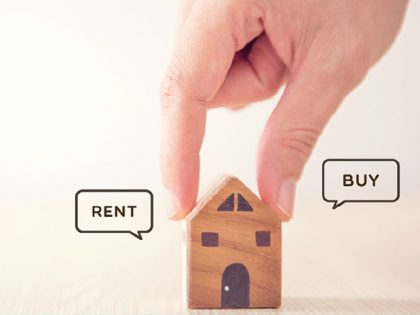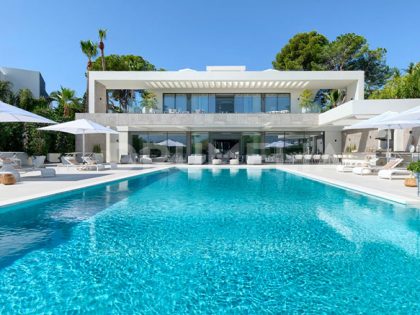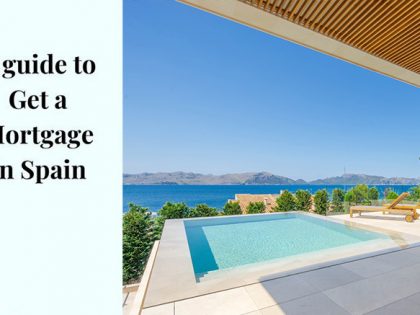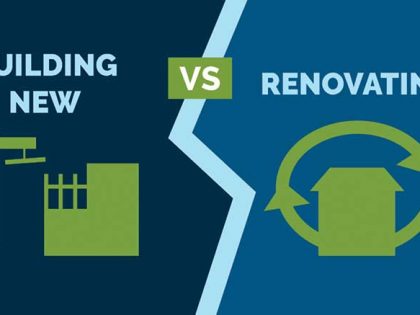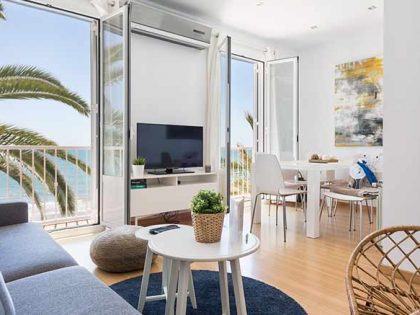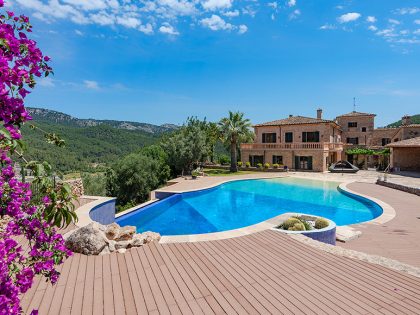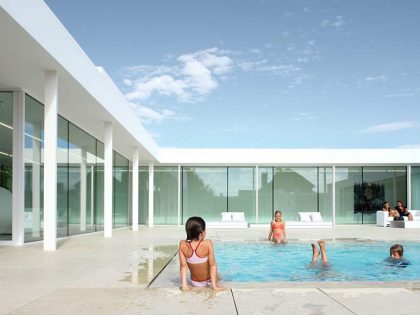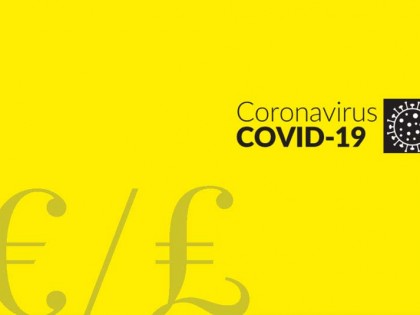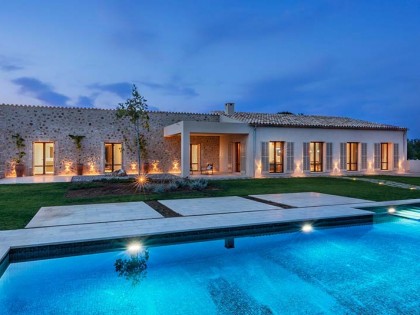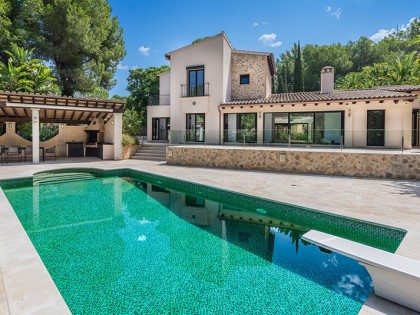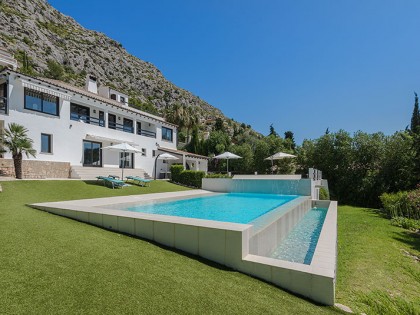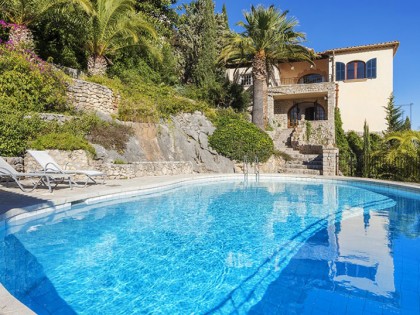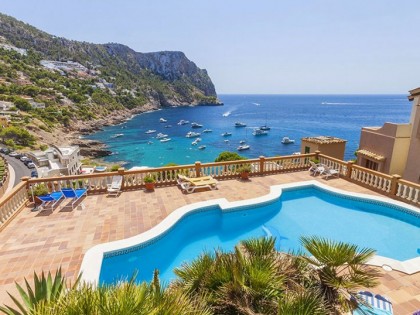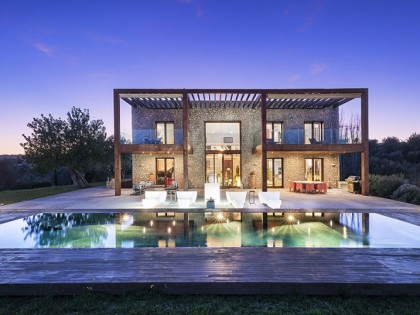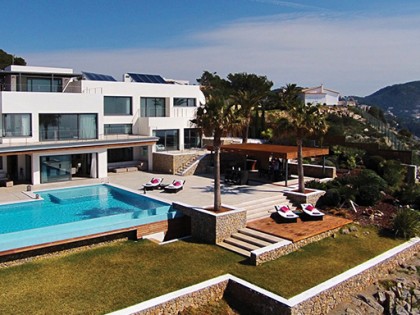This type of loan combines the benefits of the variable and fixed rate, also offering more competitive prices. Experts advise it only to clients who amortize early.
When requesting a mortgage, the dilemma of having to choose between a fixed or variable interest is usually presented, but the third option is rarely put on the table: the mixed mortgage. It is a modality that is hardly advertised by banks and that combines a stable rate during the first years, generally between 3 and 20 years, and a variable rate referenced to Euribor for the rest of the life of the loan.
Today, its great drawback is that it does not allow you to benefit from the current low interest rates, but one of its great advantages is in the price, lower than that of the pure fixed rates and also with cheaper spreads. The bank highlights its flexibility, but the experts do not advise it to all audiences, but only to those clients capable of paying off the mortgage in advance.
According to data managed by Idealista, only 8% of the mortgages currently contracted are at a mixed rate. Its weight in the market has increased slightly in recent years, but nothing to do with the vertiginous rise that fixed ones have experienced, which have even surpassed the traditional variables in popularity. According to data from the National Statistics Institute (INE), fixed rates account for half of new operations, when years ago they were barely around 4%.
Juan Villén, head of mortgages at Idealista, points out that the mixed formula “gives more margin to banks than variable mortgages, with the incentive for the client of very competitive rates.” He assures that the user “is given peace of mind in the initial part of the loan and at a lower price than the fixed ones for 30 years”, although he recognizes that this type of loan only makes sense for those people who are going to return the money early. Likewise, it maintains that they are recommended if you intend to sell the home within a few years of buying it.
The initial part at a fixed rate has a lower interest than pure fixed mortgages
For his part, the president of the Spanish Mortgage Association (AHE), Santos González, believes that, in general, and with the market so divided between fixed and variable rates, “a mixed offer is a very reasonable combination between both options” .
González recalls that an increase in interest rates has been expected for years, which has led to fixed mortgages, but “that rise has not finished taking off, rates have not risen for years and there are no signs that they will do so ”. In this scenario, he assures that “the advantage of the Spanish market is that it is very broad and competitive”, and believes that it is totally valid for a client to want to protect themselves to be calm, to prefer to continue taking advantage of low rates or to opt for an intermediate option .
The supply of mixed mortgages is not abundant. Only five entities advertise them on their websites. However, market sources say that almost all banks sell mixed rates, even if they do not advertise them, and they recommend those interested to ask about this option to negotiate with the entity.
ING has recently improved the terms of its mixed loan. Fulfilling conditions, the fixed tranche goes from 1.45% to 1.25% in the first ten years, and the rest of the period 0.99% plus Euribor applies. The entity points out that this mortgage represented 36% of the new production in the first quarter.
For its part, with a bonus, Openbank offers a fixed rate that ranges from 1.05% for the first decade to 1.40% for more than 20 years. Then 0.49% is added to the Euribor, the most attractive spread on the market. Bankinter gives 1.60% up to 10 years, 1.75% up to 15 years and 1.80% up to 20 years. In the variable tranche the interest is Euribor plus 0.99%.
Evo Banco offers, in exchange for payroll and home insurance, 1.09% at the beginning and then adds 0.68% to the Euribor. Triodos Bank improves the price based on the degree of sustainability of the home. In addition, the client can contract the insurance with the insurer of their choice, so that the premiums will depend on the chosen insurance company.
A MINORITY PRODUCT WITH UPWARD TREND
Flexible.
ING says that the decision to lower the interest on its mixed mortgage seeks to “promote a rare product in the market, which attracts more and more customers and responds to the needs of those seeking a flexible mortgage with the advantages of variable and fixed ”.
Commissions.
They are the same as in variable mortgages, with the difference that the early amortization commission is higher during the fixed period. Up to 2% of the capital repaid in advance is charged during the first 10 years and up to 1.5% from the tenth year.








